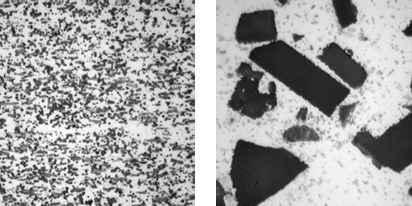an email newsletter released every month highlighting the latest articles, events, technical inquires, and voices from the community
Technology Overview of Aluminum Titanium Dioxide (Al-TiO2) Metal Matrix Composites

Posted on September 19, 2023 | Completed on July 26, 2023 | By: Travis J. Kneen
What research is available for Al-TiO2 metal matrix composites (MMCs)?
The aim of this comprehensive literature review conducted on titanium dioxide (TiO2) aluminum metal matrix composites (ALMMCs) is to explore their properties and potential applications, focusing on various aluminum alloy series, including 1xxx, 2xxx, and 6xxx. While there was a limited amount of literature found when compared to other reinforcement materials such as titanium diboride and silicon carbide, TiO2-ALMMCs were found to offer numerous advantages like improved mechanical properties, enhancing the specific strength. These results imply a promising use in areas such as automotive and aerospace vehicles and defense platforms, where size, weight, and power are paramount metrics toward high-performance, next-generation defense systems. Methodologies for producing TiO2-ALMMCs are few, with most research focused on stir-casting and powder metallurgy methods. These methods are discussed in detail in terms of both procedure and their respective advantages and disadvantages. The limited, existing research underscores the need for further investigations to fully unlock the potential of TiO2-ALMMCs and pave the way for innovative and sustainable solutions in advanced materials. As the research in this domain progresses, TiO2-ALMMCs hold significant promise in transforming the materials landscape and opening new vistas for lightweight and high-performance materials.
Want to find out more about this topic?
Request a FREE Technical Inquiry!

